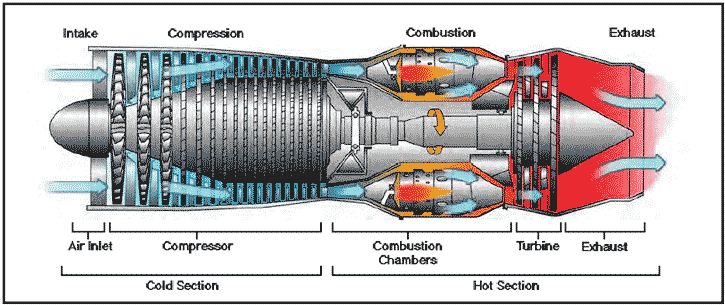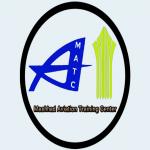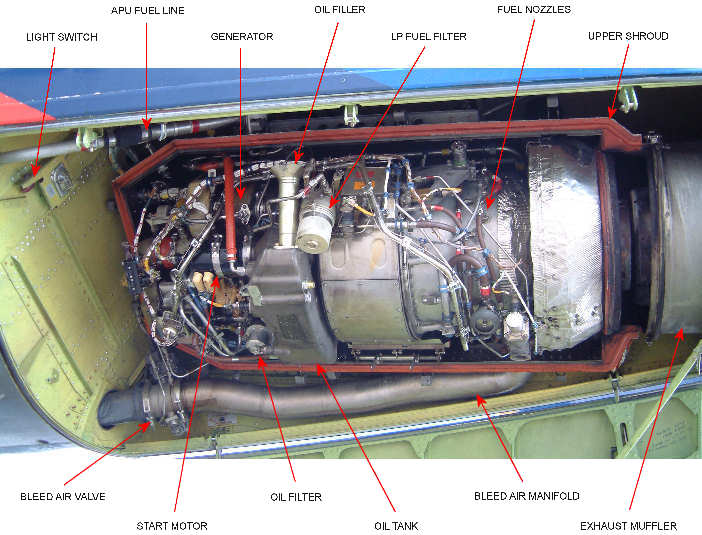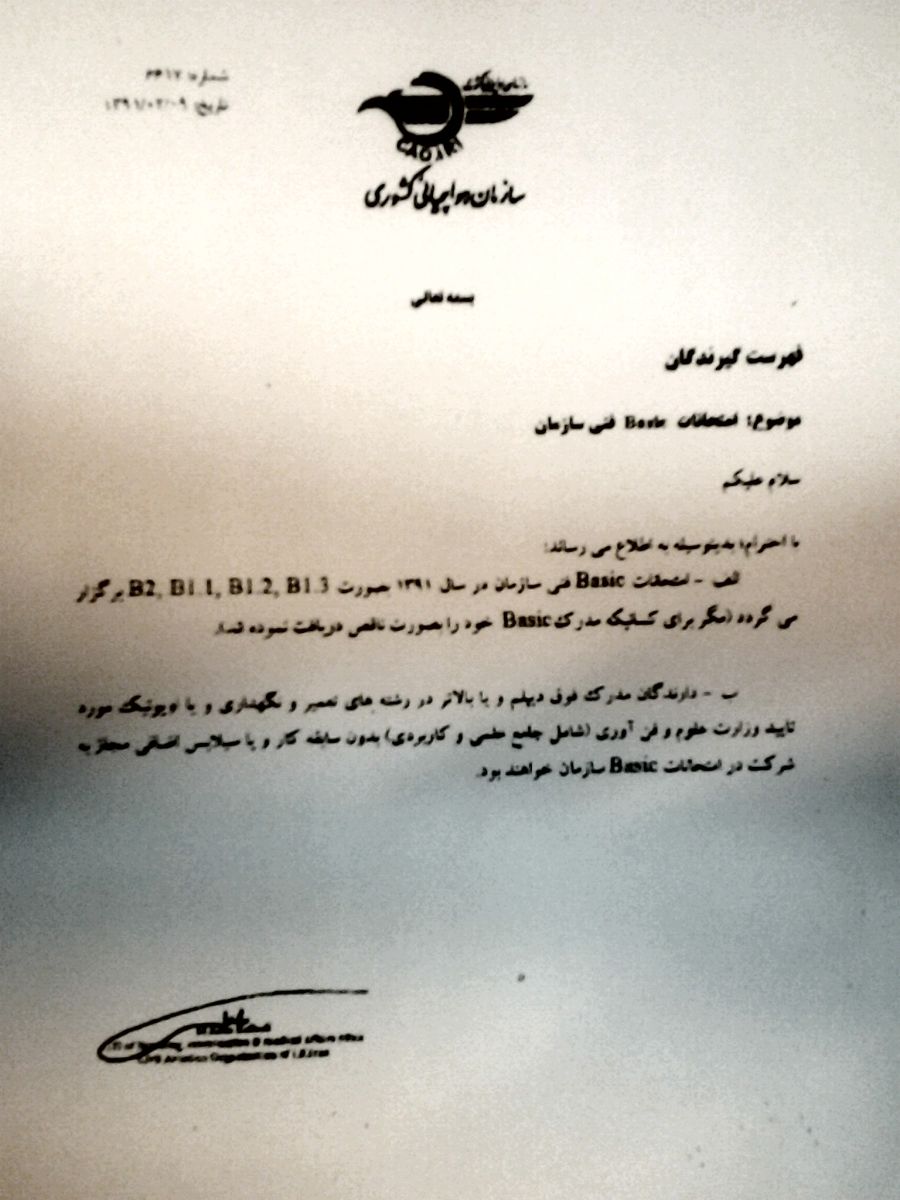Turbine engines produce thrust by increasing the velocity of the air flowing through the engine. A turbine engine consists of an air inlet, compressor, combustion chambers, turbine section, and exhaust

Figure 1: Basic components of a turbine engine.
The turbine engine has the following advantages over a reciprocating engine: less vibration, increased aircraft performance, reliability, and ease of operation.
Types of turbine engines
Turbine engines are classified according to the type of compressors they use. The compressor types fall into three categories—centrifugal flow, axial flow, and centrifugal-axial flow. Compression of inlet air is achieved in a centrifugal flow engine by accelerating air outward perpendicular to the longitudinal axis of the machine. The axial-flow engine compresses air by a series of rotating and stationary airfoils moving the air parallel to the longitudinal axis. The centrifugalaxial flow design uses both kinds of compressors to achieve the desired compression.
The path the air takes through the engine and how power is produced determines the type of engine. There are four types of aircraft turbine engines—turbojet, turboprop, turbofan, and turboshaft.
Turbojet
The turbojet engine contains four sections: compressor, combustion chamber, turbine section, and exhaust. The compressor section passes inlet air at a high rate of speed to the combustion chamber. The combustion chamber contains the fuel inlet and igniter for combustion. The expanding air drives a turbine, which is connected by a shaft to the compressor, sustaining engine operation. The accelerated exhaust gases from the engine provide thrust. This is a basic application of compressing air, igniting the fuel-air mixture, producing power to self-sustain the engine operation, and exhaust for propulsion.
Turbojet engines are limited on range and endurance. They are also slow to respond to throttle applications at slow compressor speeds
ادامه مطلب ...



 آمار
وب سایت:
آمار
وب سایت: